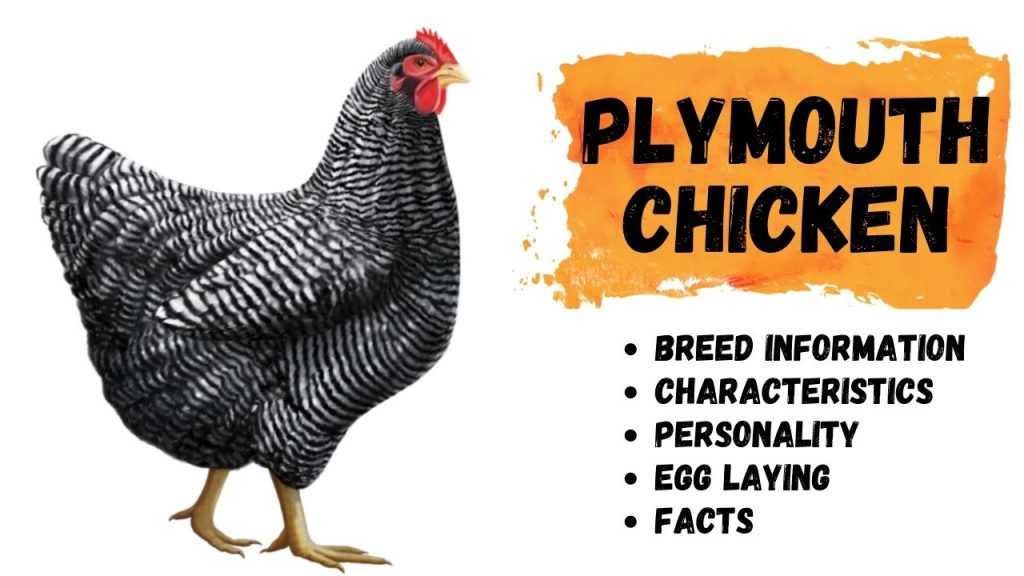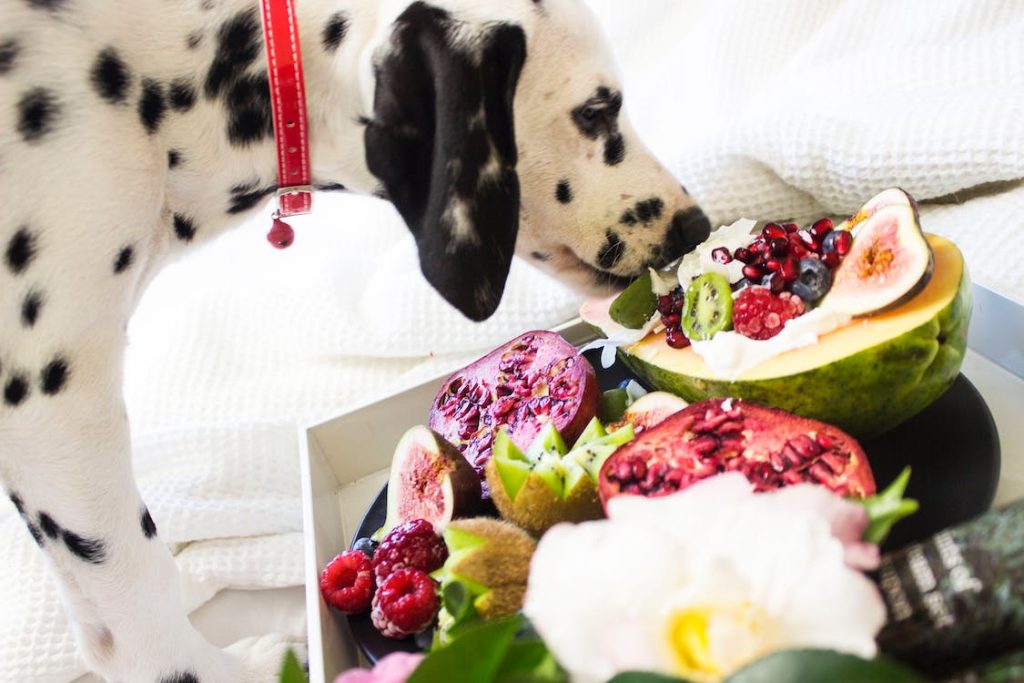Despite being one of America’s oldest breeds of chicken, the Plymouth Rock chicken breed maintains its high level of popularity primarily because of it being a good dual-purpose chicken. The breed is good in providing quality meat as well as good egg yield. Back in the days, everyone was encouraged to keep Plymouth rocks in their backyards. However, when technological innovation and modernization came upon the poultry industry, much more productive breeds were selected over the Plymouth rock.

In this article, we will discuss all the important things that you need to know about Plymouth rocks including their history and origin, egg laying capabilities, appearance, size and color, temperament, and how you could properly take care of them.
Plymouth Rock chicken Chicken breed Profile
| Primary use | Meat + Eggs |
| Egg production | 280 [annual] |
| Temperament | Calm |
| Egg size | Large |
| Recognized variety | Barred, Black, Black Frizzle, Blue, Buff, Columbian, Partridge, Silver Penciled, White Egg color: Brown, Light Brown |
Origin of Plymouth Rock Chicken Breed
Historical accounts claim that the Plymouth Rock chicken first appeared in 1849 in Massachusetts. However, no one knows for sure how that happened. In 1869, Mr. Upham or Worcester Massachusetts bred barred males and Java hens. He was trying to make a breed that will have barred plumage and clean legs. The resulting breed has somewhat become what everyone thinks now as the parents of the Plymouth Rock.
Appearance
The most distinguishing feature of the Plymouth Rock breed is their plumage with black and white bars. The pattern however differs between the males and females. The pattern of barring for males is equal black and white at each feather that end with a dark tip. On the other hand, the pattern of barring for females is black bars wider than white bars, which gives the hen an overall darker color than the rooster.
A Plymouth Rock chicken breed has a large triangular body which is also sturdy. It has a full breast and a broad, long back. Its feathers are loose, soft, and full especially on the abdomen area. Its legs are colored yellow, so is its skin. Its face is read while its beak is colored hors. Its eyes are reddish bay. It has a single comb with 5 points.
Size and Color
On the average, a hen Plymouth Rock weighs around seven and a half pounds while a roster weighs about nine and a half pounds. There is also a bantam variety for Plymouth Rocks. For that, females weigh around two and a half pounds while males weigh around three pounds.
The American Poultry Association recognizes the following colors of Plymouth Rocks: barred, blue, buff, Colombian, partridge, silver penciled, and white. All these colors are rare except for the barred and the white.
Egg Laying
Plymouth Rocks are quite good egg layers. They can lay around 4 eggs per week and these eggs are large in size and brown in color. This means that on the average, Plymouth Rocks lay about 200 eggs every year.
One thing to note is that Plymouth Rocks lay eggs very well at the beginning. But around their third year, their productivity starts to decline. On the flip side, even if their productivity slows down, Plymouth Rock hens are known to lay eggs even when they are as old as 10 years of age. Want an increased egg production and better chicken behavior? Consider investing in a chicken coop bedding for best results.
Temperament
When it comes to temperament, Plymouth Rocks chickens are known for being mellow. They don’t have a bad attitude so they wont pick on or bully other chickens. They can get along well with everyone. Owners of this breed often say that they Plymouth Rocks are docile, calm, and sweet, even the roosters.
Plymouth Rocks are curious. They will often check their environment. If you have treats with you, they will definitely follow you around. They also prefer to free range. And they can tolerate confinement very well, even in narrow spaces.
You can build a good relationship with your Plymouth Rock. It can become a great addition to your family and fun to play with for your children.
Should I Get a Plymouth Rock?
Plymouth Rock is definitely recommended if you want a chicken breed suitable for families. They will be friendly to both adults and children. They will enjoy cuddling and having them on your lap. They are, however, poor in flying. So make sure to fence your area around so that they won’t get predated by predators.
Putting Plymouth Rocks in your backyard won’t disturb your neighbors because they tend to be quiet and not talkative.
Nowadays, Plymouth Rocks can serve different purposes. For one, they can be used for industrial production – providing both eggs and meat for the table. They can also be sent in exhibitions where their plumage and conformation are showcased.
Conclusion
Overall, the Plymouth Rock is an outstanding chicken breed, which is why it is considered to be one of the top 20 chicken breeds. You have been given the most important things that you need to know about Plymouth Rocks – including how the breed originated, its appearance, temperament, size and color, and egg laying capabilities. The choice is up to you now to decide whether to get one for you coop or backyard. Whatever your decision may be, we wish you good luck in your chicken breeding journey!








